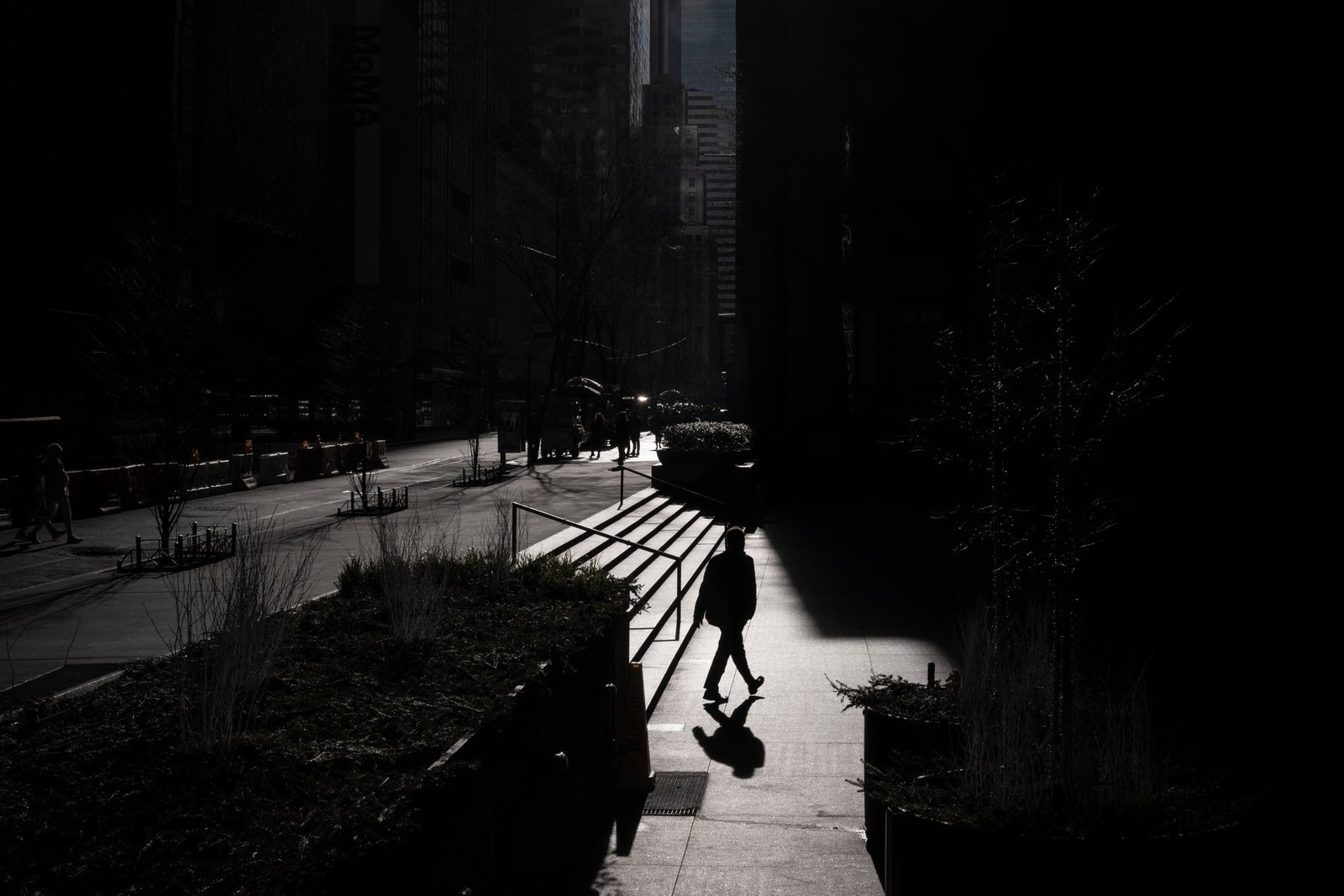Computer
Want to fix a black screen in Windows 10? Here are some scenarios
Published
5 years agoon
By
Jack
The black screen in Windows 10 may be difficult to diagnose and correct. This troubleshooting step will put you in the right direction.
The only thing worse than the blue screen of death is the Windows 10 black screen of death. And the only thing worse than a black screen of death is a black screen that doesn’t even throw bones at you by telling you what’s wrong. With Windows 10, this can happen. Some users have reported a black screen during installation, update or full random. Sometimes nothing appears on the screen. At other times, you might have a mouse and keyboard, but not a desktop environment.
However, when Windows 10 shows a black screen and there are no error messages, the only way to identify and resolve the problem is a good methodical problem solving. Let’s go together.
Black screen resolution during or after Windows 10 installation
A black screen can sometimes be found when you first install Windows 10. This can occur during the Windows 10 installation process or right after Windows setup is complete. There are several potential causes.
Possible cause: Configuration still in progress. If you have a large number of personal data files that you migrated from a previous Windows installation, the Windows 10 setup process can take several hours.
Possible Solution: Pay close attention to the hard drive activity LED to determine if the computer is still running. If the LED keeps flashing, the configuration might still be busy working on sorting the file and determining what should be moved and what should be saved. This is a good sign, which means you have to wait a little longer. If the configuration exceeds 2 to 7 hours, then the configuration might be locked.
Possible cause: The installation is stuck. For some reason, the setup process depends on something and cannot be continued.
Possible Solution: Turn off the computer completely and try again. Follow these steps:
– Turn off the computer completely. If it doesn’t turn off, press and hold the power button for 5 to 10 seconds until it turns off.
– Disconnect from the Internet by disconnecting the Ethernet Cable or disconnecting the wireless adapter (if possible). See this post for more information about disabling LAN connections before setting Windows 10.
– Disconnect all unnecessary peripherals from the PC. Remove external hard drives, game controllers, phone chargers, almost everything except the keyboard and mouse.
Remove power from your computer. You might need to disconnect the power cord from the outlet (electrical). If it’s a laptop, remove the battery. Wait at least 30 seconds before reconnecting your computer. (Note: If you have free time, leave the computer unconnected for up to an hour. This will help if your computer starts to overheat.)
– Connect the system but remember to leave the internet disconnected. Turn on the computer.
– Hopefully, Windows will try to continue or restart the Windows 10 setup process.
If the installation completes normally and you reach the Windows desktop with the Start menu and everything, continue and reconnect to the Internet to complete the download and apply the update. If the settings return to an earlier version of Windows, try updating manually using the media creation tool or ISO file.
Possible causes: The black screen is caused by a device driver or a hardware performance problem.
Possible Solution: Try to boot into safe mode. See the next section about Using Safe Mode to solve black screen problems.
Black Screen Repair During Windows Experience
OOBE is a Windows Out-of-Box-Experience, and it is no different from out-of-body experience. This is a strange phase of transition where magical things happen but things aren’t there yet.
If you get a black screen during OOBE, there are a number of things you can try.
Possible causes: Video output is switched to a different display adapter or a different output (for example, HDMI to DVI or DisplayPort to VGA). Sometimes the display settings that you have in a previous Windows installation do not carry over to Windows 10 correctly.
Possible Solution: Try physically removing the video cable from one adapter or output and trying another.
If you have a backup monitor, you can try connecting it.
If you usually connect to a discrete graphics card, but your computer has a built-in graphics adapter, switch to it. You can always update the driver after completing your discrete card configuration through Windows Update or the manufacturer’s website.
If you use a television, make sure it is turned on and configured on the computer input; video output can go to TV.
Possible cause: Video output sent to the wrong screen. If you have multiple screens connected, Windows settings can sometimes be confusing.
Possible Solution: Try projecting the output to another monitor by pressing Windows Key + P and then selecting the appropriate option.
How to fix a Windows 10 black screen
How to Fix a Random Black Screen: Advanced Troubleshooting Options to Try
And then there was a black screen that happened unexpectedly. The new Windows 10 service model (ie endless patches and updates) means Windows updates, patches, security fixes and driver updates are often downloaded in the background and installed at night without you knowing. If you want to manage which Windows updates are installed and when, you can do it, but if something has escaped you and given you a black screen, try booting into Safe Mode.
Corrupt user profiles can sometimes trigger a black screen. Trying to start in Safe Mode, creating a new user account, and then trying to sign in might work.
The RunOnce process can also be the culprit. If everyone sees a black screen after logging in, press Control + Shift + Esc on your keyboard; This will launch the Task Manager. Open the Processes and Services tab, then look for the RunOnce32.exe or RunOnce.exe instance. If you find something running, stop the process, cancel the application, or end the service.
Click File> Run New Task, type cmd then press Enter. At the command prompt, type:
off -r -t 01
Then press Enter. This will restart your computer.
How to use safe mode to solve black screen problems
Boot into safe mode can be used to troubleshoot random black screens or black screens found during Windows 10 installation.
To enter safe mode, do the following:
Turn on and shut down your computer three times. At startup, make sure to turn off the computer when you see the Windows logo. After the third time, Windows 10 will start in diagnostic mode. Click Advanced Options when the recovery screen appears.
– Click Troubleshoot.
– Click Advanced Options.
– Click Startup Settings.
– Click Restart.
– Press number 4. This will start Windows 10 in safe mode.Enter, press Windows Key + X, click Device Manager, expand Monitor Adapter, right-click the screen driver, then click Disable. Restart your computer to see if the configuration completes successfully or if you can start from the desktop. If you can access the desktop, check Windows Update or the manufacturer’s website for the latest drivers.
Still having problems with the black screen?
Windows 10 black screen problems can be fixed and mysterious if you have followed all the troubleshooting steps above and are still experiencing problems; your next step is to launch them to the community.
Author

